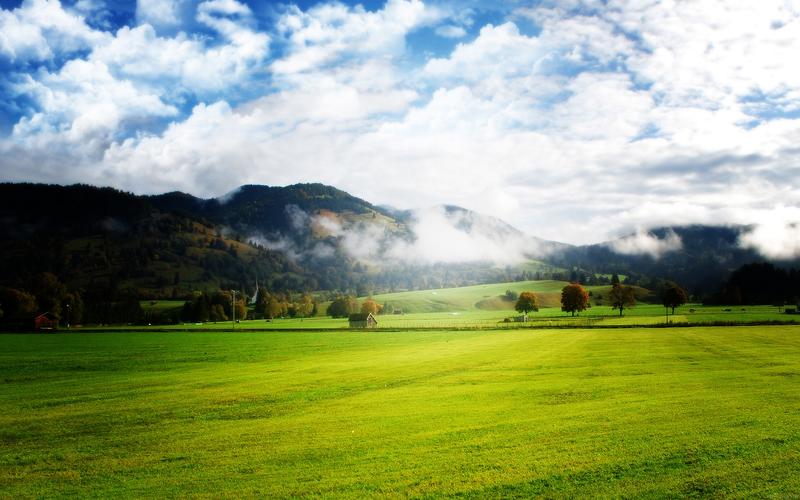Unpacking the Layers of Meaning Behind Cultural Traditions
Cultural traditions are a vital part of a society’s identity, shaping who its people are and how they perceive the world around them. Every culture has its own unique traditions, whether it be festivals, rituals, songs, or dances, which pass on from generation to generation. However, to the uninitiated, these traditions often seem strange, illogical, or even barbaric. To unpack the layers of meaning behind cultural traditions, we need to delve deeper into their origins, functions, and significance.
Origins of Cultural Traditions
Cultural traditions are not created in a vacuum but evolve in response to changing circumstances, needs, and beliefs of a society. Many traditions have their roots in religious beliefs, such as the celebration of Christmas, Ramadan, or Hanukkah. Others have their origins in historic events, such as the Mexican Day of the Dead, which honors the deceased, or the Chinese New Year, which welcomes the spring and new beginnings. Some traditions are influenced by environmental factors, such as the Inuit whale hunting ceremony, which acknowledges the gift of nature and expresses gratitude to the spirits that provide sustenance.
Functions of Cultural Traditions
Cultural traditions serve many important functions in a society, from fostering social cohesion and identity to transmitting knowledge and values to the young. For example, the Japanese tea ceremony is not just a simple act of pouring tea but a highly ritualized performance that communicates the aesthetics of simplicity, mindfulness, and harmony. Similarly, the Hawaiian Hula dance is not just a form of entertainment but a symbolic expression of love, sorrow, or praise. Moreover, cultural traditions can serve as a means of resistance or protest against the dominant culture, as seen in the Afro-Caribbean Carnival, which celebrates the liberation from slavery and colonialism.
Significance of Cultural Traditions
Cultural traditions are not just relics of the past but living expressions of a society’s creativity, imagination, and resilience. They reflect the ongoing dialogue between the past and the present, the self and the other, the individual and the community. By participating in cultural traditions, people reaffirm their collective identity and belongingness, while also experiencing the thrill of novelty and discovery. Moreover, cultural traditions can inspire compassion, empathy, and curiosity towards other cultures, by highlighting their similarities and differences. As such, cultural traditions can be powerful tools for promoting intercultural understanding and social harmony.
Examples of Cultural Traditions
Let’s take a closer look at some examples of cultural traditions and their meanings:
– Indian Holi Festival: The Holi Festival is a joyous and colorful celebration that marks the arrival of the spring season and the victory of good over evil. During the festival, people throw colored powder and water at each other, dance to music, and share sweets and drinks. The festival symbolizes the unity of all people, regardless of caste, creed, or gender, and encourages forgiveness and reconciliation.
– Native American Pow Wow: The Pow Wow is a gathering of Native American tribes for cultural, spiritual, and social purposes. The Pow Wow includes dancing, drumming, singing, storytelling, and feasting. The Pow Wow is a way of preserving and transmitting indigenous traditions, values, and knowledge, as well as a means of promoting intertribal unity and positive identity.
– Mexican Dia de los Muertos: The Dia de los Muertos is a complex and colorful celebration that honors the dead and the cycle of life and death. During the celebration, families create altars with photos, flowers, candles, food, and other offerings, to welcome their deceased loved ones. The Dia de los Muertos is a way of remembering and respecting the ancestors, acknowledging the impermanence of life, and celebrating the continuity of the spirit.
Conclusion
Cultural traditions are like the hidden gems of the cultural world, waiting to be discovered and appreciated. By understanding the origins, functions, and significance of cultural traditions, we can better appreciate their beauty, complexity, and diversity. Moreover, by sharing our own cultural traditions and learning from others, we can create a more inclusive, tolerant, and harmonious world. So next time you see a cultural tradition, try to unpack its layers of meaning and discover its magic.
(Note: Do you have knowledge or insights to share? Unlock new opportunities and expand your reach by joining our authors team. Click Registration to join us and share your expertise with our readers.)
